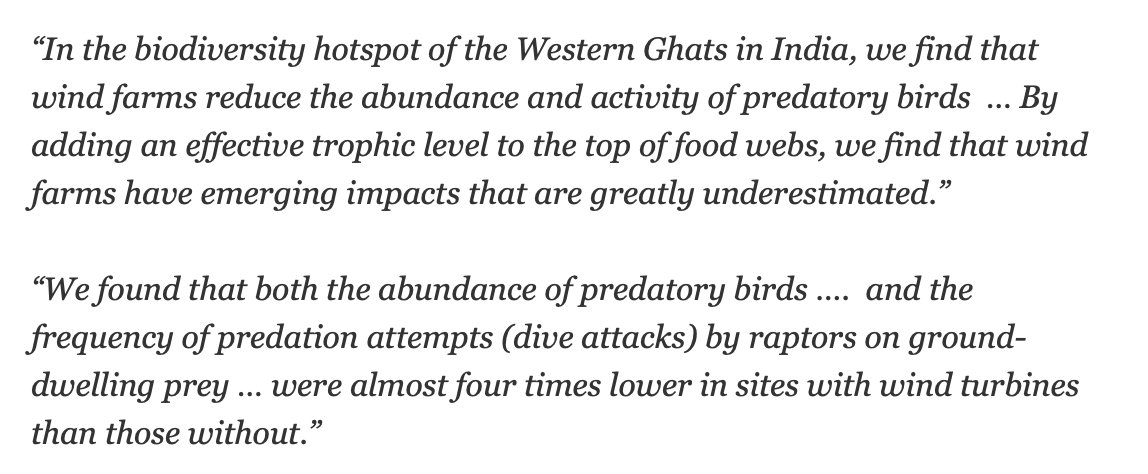
Biologist, columnist | Author of Red Queen, Genome, Rational Optimist, the Evolution of Everything, How Innovation Works, Viral and Birds, Sex and Beauty.
8 subscribers
How to get URL link on X (Twitter) App







https://twitter.com/Arbuthnott/status/1667582815750307840“They were working with the 9 different Covid variants,” one of the investigators said. They believe one virus at the WIV was an even closer match to Covid-19 than RaTG13. “We are confident they were working on a closer unpublished variant — possibly collected in Mojiang,”



